
READ MORE: Gen Z and the Rise of Influencer Culture (Higher Visibility)
More than a quarter of Gen Zs in the US plan to build a career as a social media influencer, according to new research highlighting the aspirational quality of a job that blurs the line between “influencer” and “celebrity.”
Digital consultancy Higher Visibility commissioned Censuswide to survey 1,000 people ages 16-35 across the US.
Social media influencing is a two-way street between audience and brands. The study revealed that more than one in four (26%) of Gen Zs trust influencer reviews more than product page reviews, with some influencers now able to earn $1 million dollars or more for a single social media post.
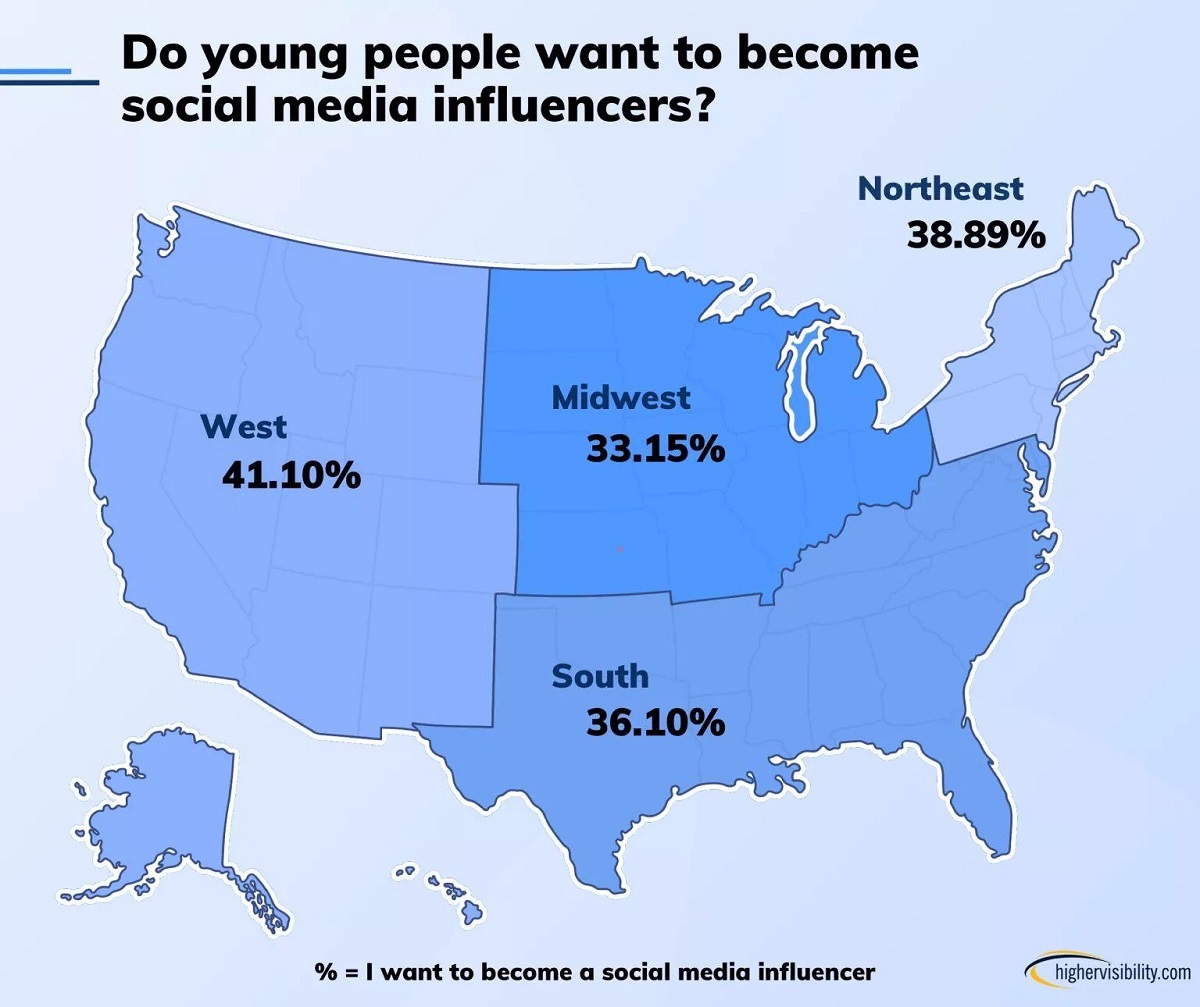
The desire to become an influencer is uniform across the United States, with 30% of those interviewed expressing an interest in the Midwest, rising to 37% in the Northeast. In New York State alone, 41% of local Gen Zs intend on becoming an influencer in the future, whilst 30% from LA also feel the same way.
Perhaps even more shockingly, the study found that Gen Z males (20%) are more likely than females (13%) to believe that being a social media influencer is their only career choice.
Additionally, more than 12% of Gen Z respondents reported that they would quit college to become an influencer.
According to the results, nearly one in four Gen Zs believe there should be social media influencer training in school, with 6% of Gen Zs actively choosing not to go to college in order to become an influencer.
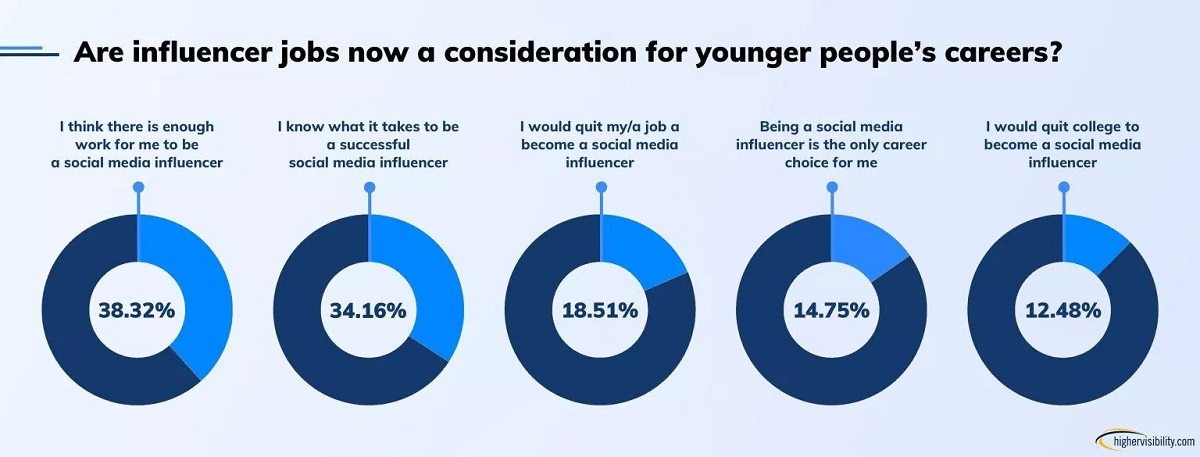
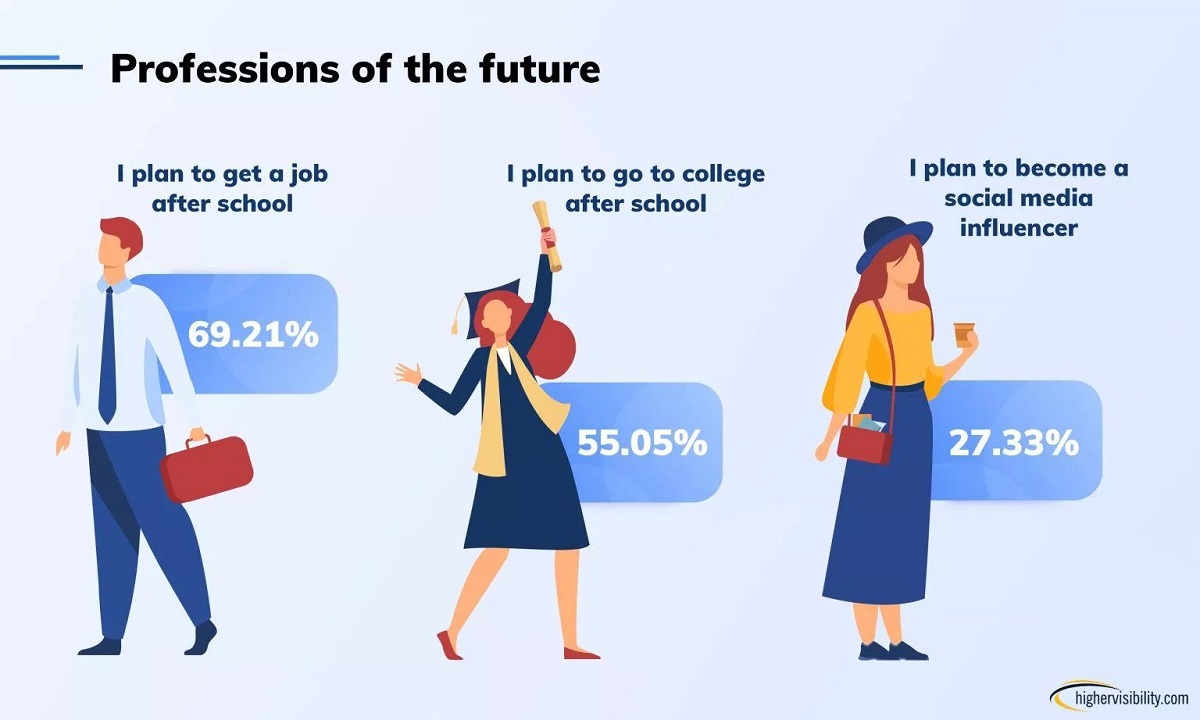
Naturally, most parents don’t agree — or perhaps don’t understand what the job would entail. Nearly a quarter of Gen Zs claimed their parents follow them on social media, yet almost half say their parents would prefer for them to go to college than become an influencer.
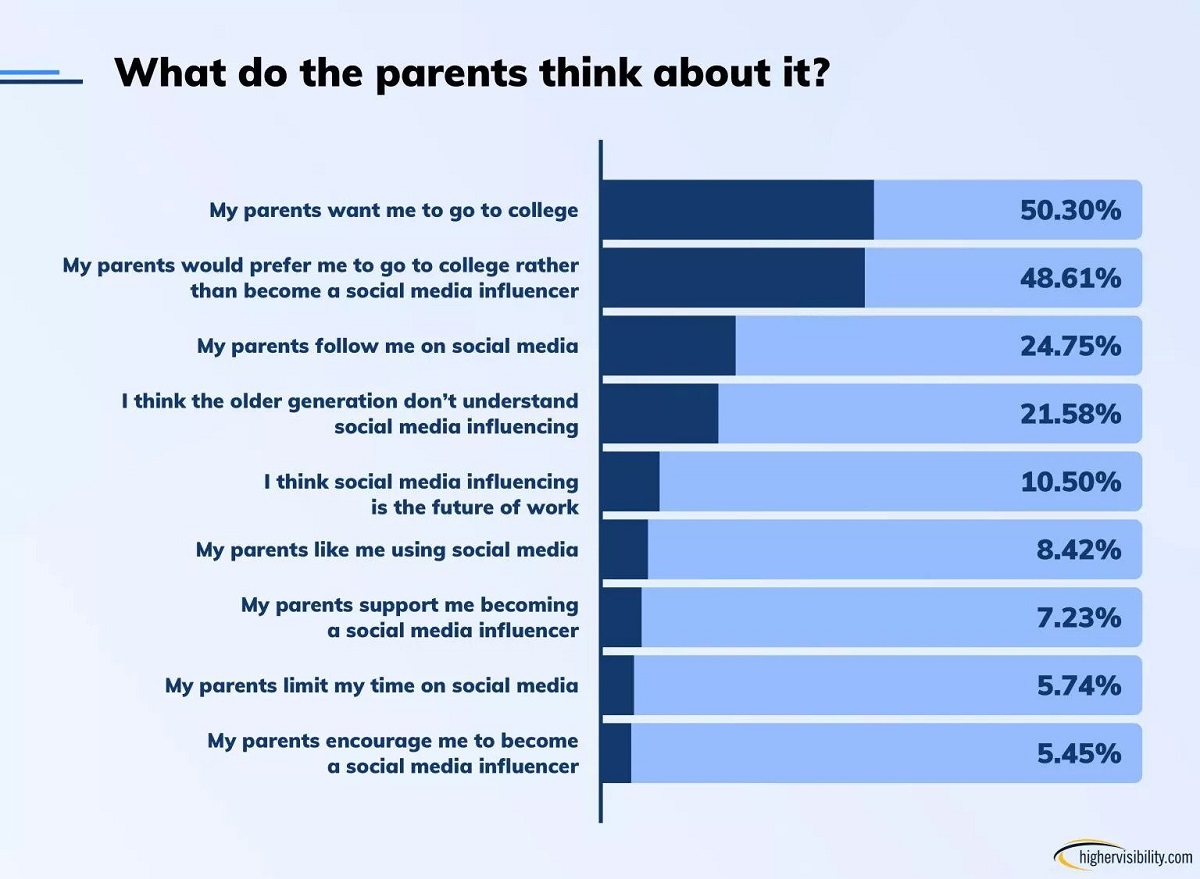
It’s not as if most Gen Zs are blinkered when it comes to the money that can be made as influencer.
Asked to guess how much they thought an influencer would make in a year, on average, the most frequent answer was between $75,001-$100,000, followed by $50,001-$75,000. Surprisingly, 10% of respondents told this research that they thought influencers could earn between $5,001 and $10,000 per year, with just 2% selecting “over $100,000.”
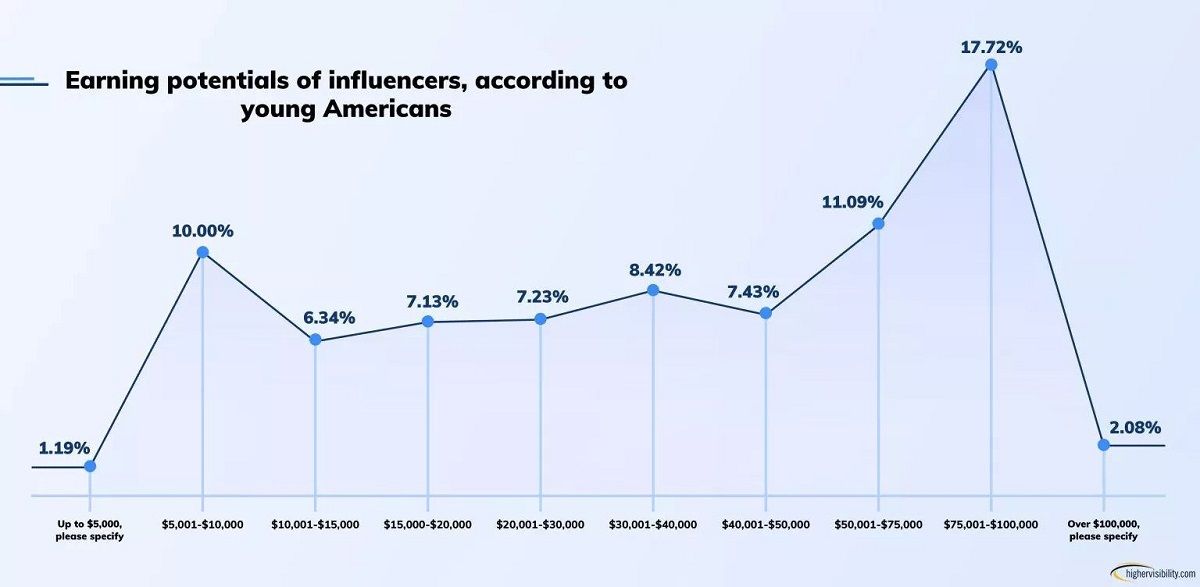
Instead, Gen Zs are attracted to the others benefits of being an influencer, which they perceive as being able to receive free products and travel, and being a “celebrity.”
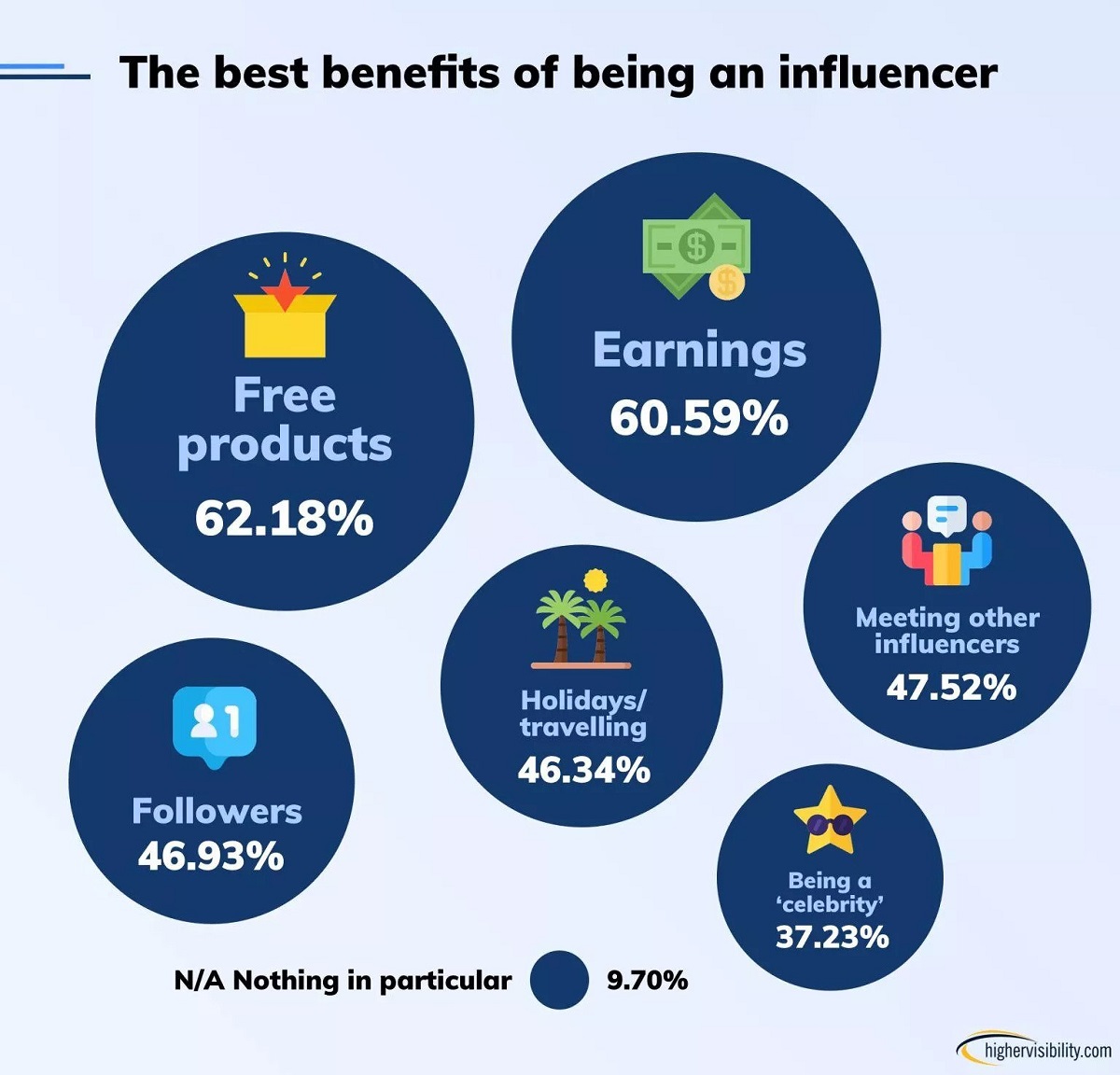
The most popular social media influencer, according to this cohort, is Charli D’Amelio, beating out both Kim Kardashian and Kylie Jenner. D’Amelio gained popularity for her dance videos and has amassed 193,900,000 combined followers on TikTok and Instagram.
Unsurprisingly, TikTok is the social platform of choice carrying most weight about this demo. Nearly 40% of Gen Z said they would choose TikTok as their primary platform with over half believing it is easier to be a social media influencer on TikTok than on any other social media platform. YouTube is in second place with 21.68%, while Instagram follows in third with 21.39%.
Just 7.13% of Gen Z responded that they would not want to be a social media Influencer.
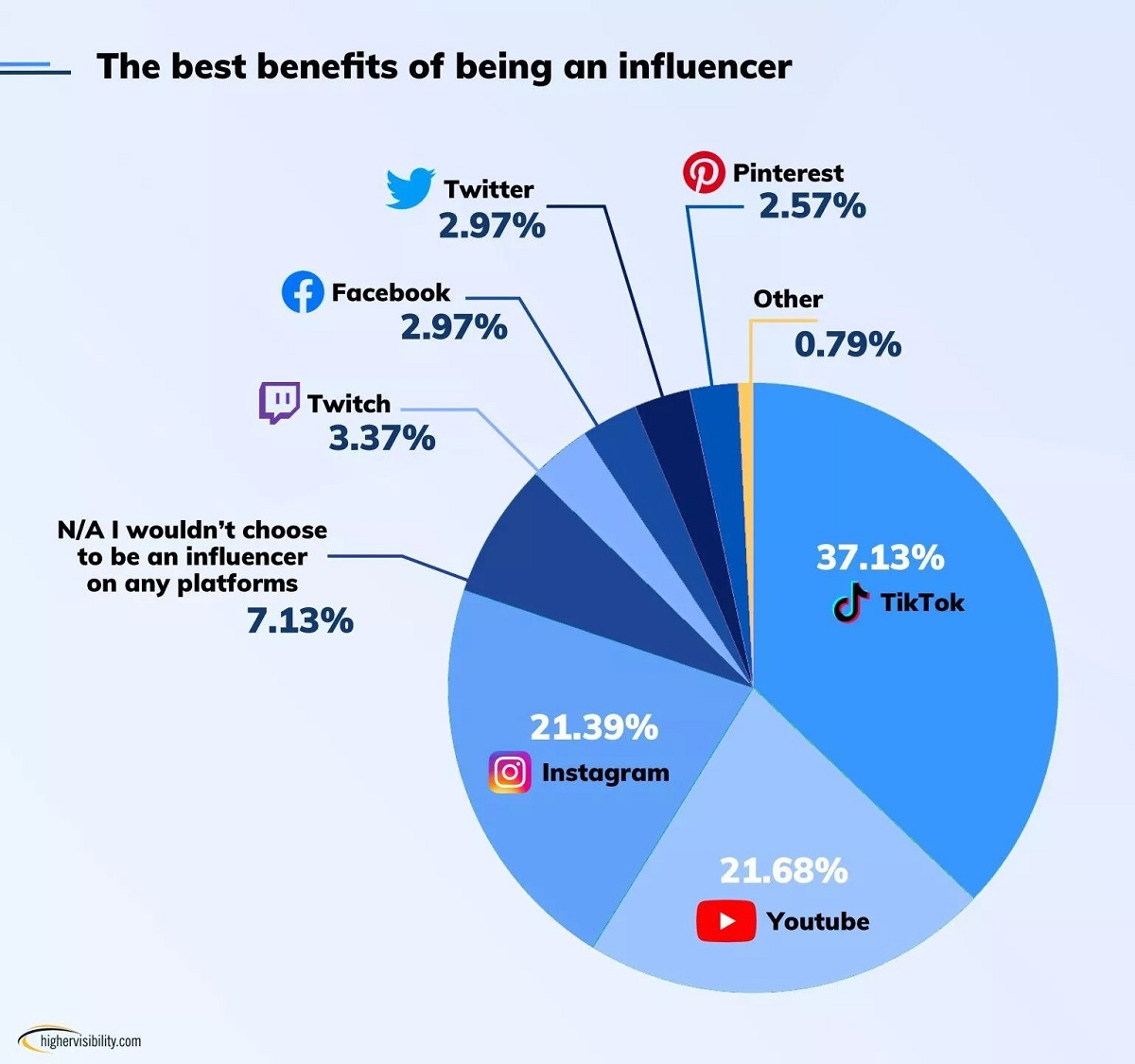
“It is safe to say that over the years, the line between ‘influencer’ and ‘celebrity’ has blurred,” says Adam Heitzman, co-founder of the consultancy.
“With influencer culture permeating the younger generations and becoming more prominent as time goes on, it is a movement unlikely to falter any time soon.”
SOCIAL MEDIA AND HUMANITY’S DIGITAL FUTURE:
Technology and societal trends are changing the internet. Concerns over data privacy, misinformation and content moderation are happening in tandem with excitement about Web3 and blockchain possibilities. Learn more about the tech and trends driving humanity’s digital future with these hand-curated articles from the NAB Amplify archives:
- The Social Media Trends That’ll Impact Your Business in 2023
- If Social Media Makes You Feel Some Type of Way, Then It’s Working
- Where We’re Headed Next With Social Media Marketing
- Social Media Is Making and Remaking Itself All the Time
- Is Recommendation Media the New Standard for Content Discovery?

